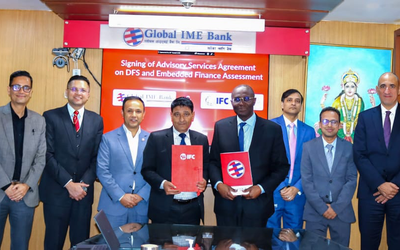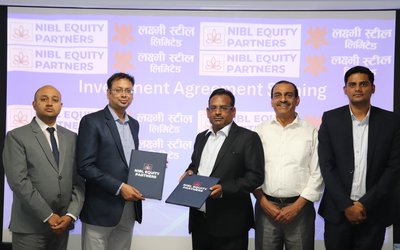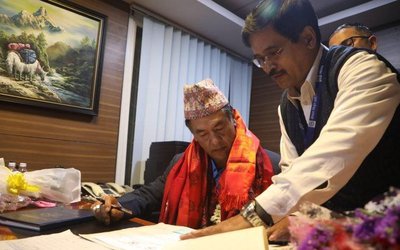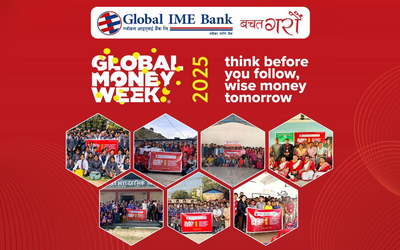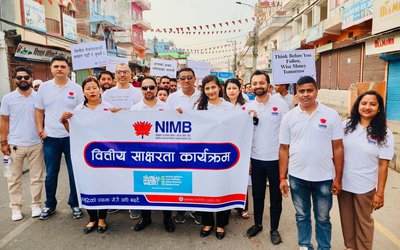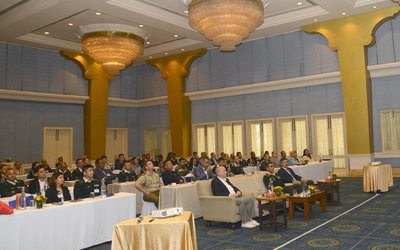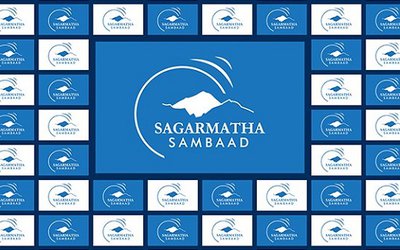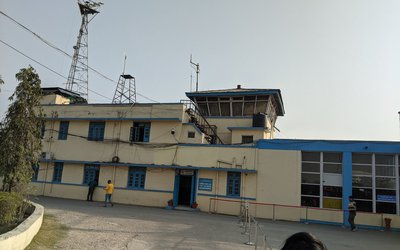
The World Bank today approved a $133 million credit to help Nepal construct and maintain safe, resilient and cost-effective bridges on its Strategic Roads Network. The Strategic Roads Network comprises Nepal’s transport backbone and includes roughly 12,142 kilometers of national highways, feeder roads and other roads of national importance that are connected by 1,773 bridges.
The Second Bridges Improvement and Maintenance Program (BIMP II) takes aim at ensuring that the Government of Nepal’s bridge development efforts can support the connectivity required for economic growth and development across Nepal’s provinces. New initiatives under BIMP II include support to improve bridge resilience and enhance inclusion of non-motorized transport modes using advanced technical designs.
According to a press release issued by The World Bank, the credit is targeted to provide support to approximately 477 bridges in Nepal in different ways. This includes maintenance support to approximately 90 bridges and upgrading road safety measures on approximately 180 existing bridges to help reduce accidents, injuries, and fatalities on Nepal’s roads. The program will also support construction, rehabilitation or replacement of approximately 80 new two-lane bridges and 35 four-lane bridges. In addition, it will help the Department of Roads complete construction of 92 bridges that are vital to improving connectivity and access throughout Nepal.
“Nepal needs a strong bridge network and even stronger institutions to manage and develop that network into the future. BIMP II aims at supporting both the network’s physical development as well as the government systems that manage it,” said Faris Hadad-Zervos, World Bank Country Manager for Nepal. “We hope that the improvement of bridges in the most crucial road network of the country will lead to increased and easier access for all the people in Nepal, while reducing the cost and time of transport and trade,” he added.
The predecessor to BIMP II (i.e. BIMP I) was one of the first two operations globally to use the Program for Results (P4R) financing instrument that links disbursement of funds directly to delivery of verifiable results. The current operation builds on this experience and uses a ‘hybrid’ design that also combines results-based disbursement with a component of traditional financing to capture the benefits of both approaches. The combination of instruments provides a wider breadth of tools to ensure that government systems will be strengthened throughout implementation.
“The operation also has a strong focus on climate resilience, gender inclusion, and innovative technologies,” said Dominic Pasquale Patella, Senior Transport Specialist at the World Bank and Co-Task Team Leader of the Operation. “For example, it includes an initiative for the advancement of female engineers and the establishment of a new Design and Advanced Technology Cell within the Department of Roads to manage the uptake of new technologies for bridge development,” he added.
In Nepal, the World Bank Group (WBG) includes the International Development Association (IDA), the concessionary lending arm; the International Finance Corporation (IFC), the private sector arm; and the Multilateral Investment Guarantee Agency (MIGA), the investment risk insurance arm.
The World Bank currently supports 23 active investment projects in Nepal with $2.63 billion dollars in commitments from IDA. The indicative resources available under IDA18 (FY2018-2020) are about $1.39 billion, including $300 million from the IDA Risk Mitigation Regime. IFC aims to commit about $800 million to $1.2 billion over the five-year period (FY19 to FY23). MIGA is actively seeking opportunities to support foreign private investment into Nepal. IFC and MIGA may make use of the IDA IFC/MIGA Private Sector Window (PSW) and the MIGA Guarantee Facility to underwrite eligible projects.
The World Bank Group (WBG) fielded its first economic mission to Nepal in 1963 to assess the country’s development prospects and challenges. It approved its first credit in 1969 for a telecommunications project. Since then, the World Bank has provided Nepal $4.75 billion in assistance ($3.48 billion in credits and $1.27 billion in grants).
- Global IME Bank and IFC partner on digital transformation and embedded finance advisory
- Mar 27, 2025
- Joint Exercise Completed
- Mar 27, 2025
- ANNFSU Revolutionaries hold torch procession to protest Kulman Ghising's dismissal
- Mar 27, 2025
- Russia, Ukraine Accuse Each Other Of Attacking energy facilities
- Mar 27, 2025
- Weather Forecast: Partly Clody To Mainly Fair In Kathmandu, Pokhara and Mainly Fair In Biratnagar, Dhangadhi, Bhairawa And Janakpur
- Mar 27, 2025
